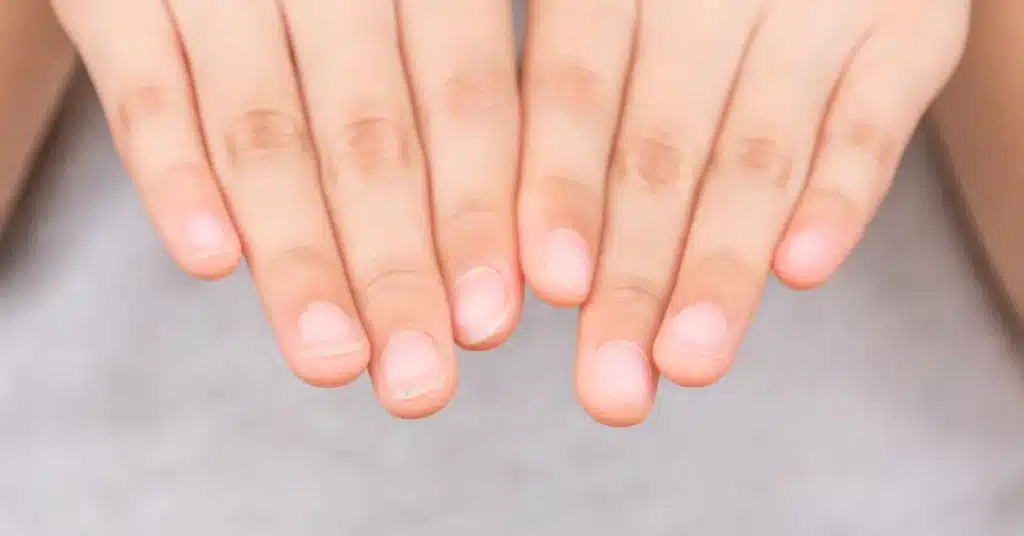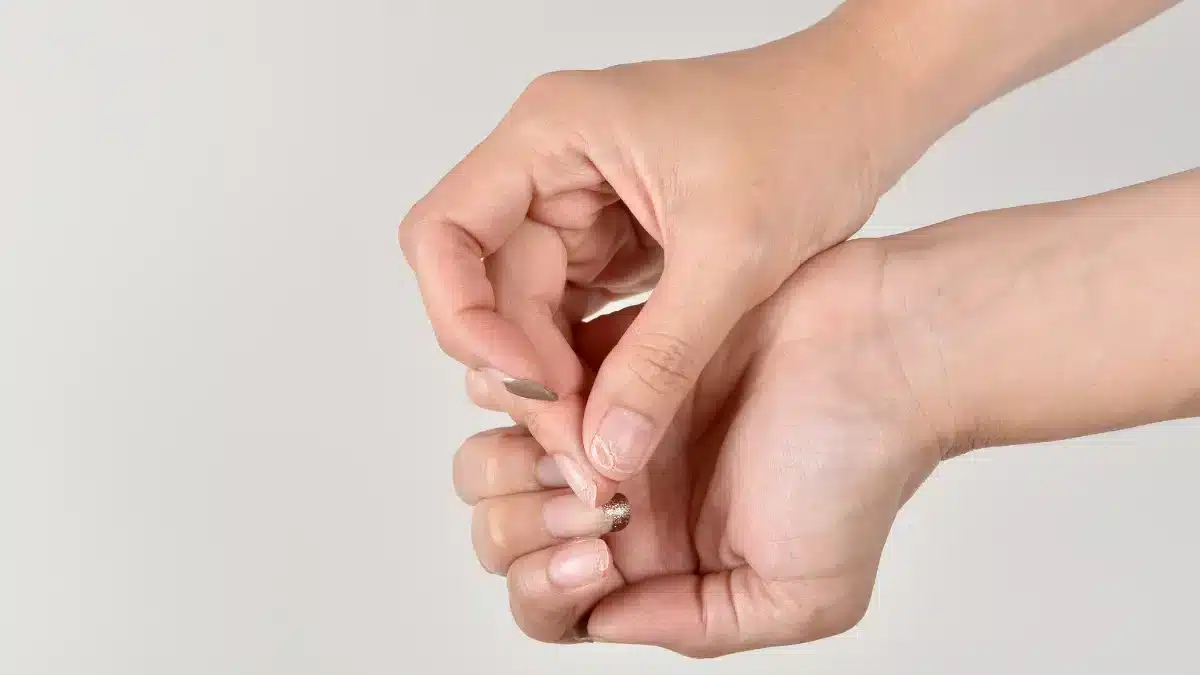Understanding HIV Nails Changes: A Comprehensive Guide
HIV, or Human Immunodeficiency Virus, affects more than just the body’s immune system.
It can also show up in changes to the skin and nails, drawing attention to these small but important parts of our bodies.
Surprisingly, the treatment used for HIV, known as Antiretroviral Therapy (ART), has led to more cases of certain nail conditions, both infectious and non-infectious.
In this article, we will explore the different HIV nail changes, shedding light on the causes, symptoms, and potential treatments.
How HIV affects nail health
Nails can tell a lot about our overall health, and for those living with Human Immunodeficiency Virus (HIV), they can reveal even more.
Studies have shown that up to 67% of people with HIV experience changes in their nails.
These changes can occur due to the virus or as a side effect of treatments.
Common nail changes associated with HIV

Several alterations in the nails have been observed in individuals with HIV. Some of the most common changes include:
Longitudinal Melanonychia
Melanonychia is the development of vertical black or brown lines on the fingernails and toenails.
Sometimes, these lines are due to the person’s racial background.
However, the dark lines can result from the virus or as a side effect of certain Antiretroviral medications, such as Zidovudine.
People are advised to consult healthcare professionals to explore alternative medications and discuss potential remedies, including using nail polish to cover the discoloration.
Leukonychia
Leukonychia, or Terry’s nails, is characterized by an opaque, white color covering most of the nail.
It can manifest in different forms, such as diffuse white spots or lines. It might be associated with HIV-related immune suppression.
While considered a sign of aging, Terry’s nails can also indicate systemic conditions such as Cirrhosis, chronic renal failure, and Diabetes.
Treating the underlying condition often resolves Terry’s nails, emphasizing the importance of holistic healthcare.
Onychomycosis
People with HIV face an increased susceptibility to fungal nail infections, known as Onychomycosis. It is an early manifestation of HIV.
Weakened immune systems, coupled with factors like diabetes, peripheral vascular disease, and nail injuries, contribute to the higher prevalence of this condition.
The signs of Onychomycosis include:
- Brittleness
- Changes in nail shape
- Debris under the nail
- Loosening of the nail
- Thickening of nail
- White or yellow streaks
Over-the-counter creams may offer limited relief, but prescription medications can clear fungus for two to three months.
Clubbing
Clubbing is characterized by the thickening and curving of nails around the fingertips or toes, giving them a spoon-like appearance.
It can also be associated with lung diseases, heart conditions, and digestive tract issues.
Unfortunately, there is no specific treatment for clubbing, making it crucial for individuals to monitor their overall health.
Anolunula
Anolunula refers to the absence of the half-moon-shaped white area (lunula) near the base of the nail.
This condition is more prevalent in individuals with HIV, and its occurrence may be linked to changes in the vascular or lymphatic system.
There are no proven treatments for Anolunula, highlighting the need for continued research to understand its precise causes and potential interventions.
Associations with disease progression
The severity and frequency of nail symptoms show correlations with the stage of HIV disease and CD4+ cell counts.
Onychomycosis is noted to be increased in the advanced stages of HIV.
This suggests a relationship between immunosuppression and the prevalence of certain nail conditions.
Monitoring these changes can help healthcare professionals assess the status of the infection and tailor treatment accordingly.
Conclusion
The impact of HIV on nail health is a multifaceted aspect of the virus that extends beyond its effects on the immune system.
Nail changes can be caused by the virus itself or as a consequence of Antiretroviral Therapy (ART).
These alterations include Longitudinal Melanonychia, Onychomycosis, Clubbing, Leukonychia, and Anolunula.
While some conditions, like Onychomycosis, may be addressed with prescription medications, others, such as Clubbing and Anolunula, pose challenges due to the lack of specific treatments.
These changes serve as potential indicators of the virus’s presence and understanding of the disease progression.
Monitoring these changes can aid in assessing the severity of the infection and guide personalized treatment strategies.
Frequently Asked Questions
How does HIV affect nail health?
HIV can impact nail health in various ways. Studies indicate that up to two-thirds of people with HIV may experience alterations in their nails. These changes can be attributed to the direct effects of the virus on the body or as side effects of Antiretroviral Therapy (ART).
What are some common nail changes associated with HIV?
Several common nail changes have been observed in individuals with HIV. This includes Longitudinal Melanonychia, Leukonychia, Onychomycosis, Clubbing, and Anolunula. The severity and frequency of these changes often correlate with the stage of HIV disease and CD4+ cell counts.
Can changes in nails help in the early detection of HIV?
While nail changes alone may not be a definitive diagnosis for early detection of HIV, they can provide additional clues. Observing specific nail changes, especially about other symptoms or risk factors, may prompt healthcare professionals to recommend HIV testing. Early detection remains crucial for timely intervention and management.
How can individuals with HIV manage Onychomycosis?
Individuals with HIV facing Onychomycosis can manage the condition through prescribed medications. Over-the-counter creams may offer limited relief, but prescription medications for two to three months have shown efficacy in clearing the fungal infection. Individuals should consult their doctors to determine the most suitable treatment plan.
WowRx uses only high-quality sources while writing our articles. Please read our content information policy to know more about how we keep our content reliable and trustworthy.






